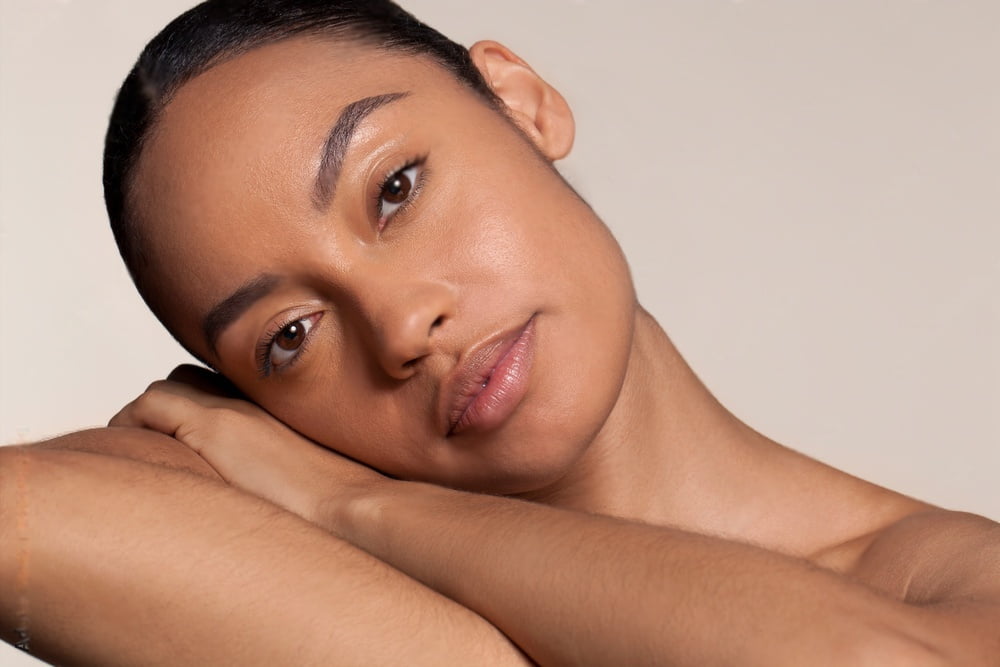Before beginning a chemical peel regimen, it’s essential to know if the treatment is suitable for your skin type. The most accurate way to determine your skin’s sensitivity is by performing a skin test.
For instance, light peels are typically ideal for skin types with normal to dry complexions and fewer wrinkles. On the other hand, moderate or deep peels might be more suitable if your complexion has oily components as well as fine lines and wrinkles.
Skin Type 1
Chemical peels are exfoliations that remove damaged skin cells and promote healthier-looking skin. They’re commonly used to improve the appearance of fine lines, wrinkles, sun-damaged areas and enlarged pores; they may even help treat acne and reduce scars.
What type of peel is ideal for you depends on your individual skin needs and tone. For instance, if your complexion is fair, glycolic acid peels or salicylic acid peels could be suitable options.
Generally, the lighter your skin tone, the more vulnerable you are to damage from UV rays from the sun. Therefore, it is especially important for those of lighter complexions to use sunscreen both before and after a chemical peel.
One potential drawback to a chemical peel is that it may cause your skin to darken (hyperpigmentation) or lighten (hypopigmentation). These changes are permanent and can take place after both superficial and deep chemical peels.
Your skin may experience redness, swelling, or itching after your chemical peel depending on its depth. Your specialist may apply a protective ointment to help soothe the area; however, avoid picking, rubbing, or scratching as this could make matters worse. Your skin typically recovers within a few days after light to medium peels; however redness may last longer with deep chemical peels.
Skin Type 2
If your skin is typically light and fair, chemical peels may be the perfect fit for you. This type of skin typically tolerates most aesthetic treatments without the risk of a negative reaction; however, some individuals may experience either a temporary or permanent change in color after treatment.
Most often, skin with this condition will benefit from a superficial peel that utilizes salicylic acid or glycolic acid to address clogged pores and breakouts. This helps clear away dead surface cells, allowing new ones to emerge.
However, deeper peels can also address more serious concerns like scarring and pigment disorders. For optimal long-term success, these treatments should be repeated regularly at intervals.
Given how sensitive skin can be after a chemical peel, it’s essential to use sunscreen daily and try to stay out of the sun as much as possible. Doing this will help shield newly exposed skin and prolong its effects.
Following a deep peel, your skin may appear red, swollen, and irritated. This could persist for weeks or months so be sure to follow your specialist’s instructions regarding sun protection and applying protective ointments. Furthermore, avoid picking or scratching at the treated area to reduce the risk of infections. Moreover, keep it moisturized so it can heal properly.
Skin Type 3
Chemical peels are an excellent way to improve the skin’s appearance. They can correct sun spots, freckles, uneven coloring, and other minor skin flaws. Furthermore, chemical peels may help reduce the risk of precancerous scaly growths known as actinic keratoses – potentially leading to cancerous lesions in some individuals.
Your skin type can determine which types of peels are ideal for you. If unsure, consult a dermatologist who can evaluate your specific condition and suggest an appropriate chemical treatment plan.
The Fitzpatrick skin type system divides individuals into six groups based on their phototype (skin color) and reaction to sun exposure (burning or tanning). This helps specialists decide which non-invasive treatments are most suitable for each person’s individual skin needs.
People with skin type III typically have more sensitive skin than those with type I or II. They may burn or tan to a light bronze and are at greater risk for developing skin cancers such as basal cell carcinoma and squamous cell carcinoma.
People with skin type III should limit their sun exposure and shield themselves from harsh scrubs and exfoliants that could further harm the skin. Furthermore, they should use sunscreen to avoid sunburn and reduce their chances of developing skin cancer.
Skin Type 3 requires the most effective chemical peel, one with salicylic acid and lactic acid. These acids penetrate clogged pores to eliminate dead cells and promote healthy cell renewal without causing as much redness or irritation as other acids do.
Skin Type 4
Chemical peels are a popular skin-care treatment used to address various cosmetic concerns, such as fine lines and wrinkles, acne, uneven skin coloring, and sun damage. Since there are various types of chemical peels available, it’s essential that you find one suitable for your individual cosmetic requirements.
Dermatologists use the Fitzpatrick Skin Phototype (FSP) scale to accurately diagnose your skin type. This helps them select skincare treatments and ingredients that work with a person’s individual melanin level of pigment. Furthermore, FSP classifications distinguish skin tones based on melanin content or pigment.
Skin Type 4 individuals typically have light or olive skin that does not tan or freckle after exposure to sunlight, such as those found among people of Mediterranean heritage.
These patients may benefit from a light or medium-depth chemical peel that may soften the appearance of fine lines and wrinkles, and help fade brown spots, age spots, sun spots, and liver spots caused by years of sun exposure. Furthermore, this may reduce the risk of precancerous scaly growths called actinic keratoses – potentially helping soften any precancerous lesions on the skin.
For optimal results, patients should avoid tanning beds and other indoor/outdoor methods of tanning for at least three to six months after a deep peel. Furthermore, daily sunscreen should be applied to protect from sun damage during this time.
Skin Type 5
Chemical peels can dramatically improve the look of skin that’s damaged or aging. They’re also effective at treating pigmentation issues such as melasma, sun spots, and freckles.
Skin Type 5 people usually have dark-skinned skin with an increased melanin level (a type of protein responsible for skin and hair color). The darker your complexion, the greater the pigmentation; this can make you more prone to burning than other skin types.
The best way to protect skin from UV rays is by wearing sunscreen and avoiding tanning. People with fair skin are less likely to develop skin cancer, but it’s still important to use protective measures and visit a specialist regularly for professional exams.
A superficial chemical peel is suitable for most people with skin type 5. It may cause a red reaction similar to sunburn that lasts three to seven days and leaves your skin looking slightly discolored and flaky.
In addition to redness, you may experience swelling and blisters that break open, crust over, turn brown, and peel off within a few weeks. Your specialist may prescribe medication to speed up the healing of your skin.
Once your skin has fully healed from your chemical peel, it is recommended that you wait to apply makeup. This could take up to a week. Additionally, we suggest using moisturizer daily as this will help keep the moisture levels up in the long run.
Skin Type 6
Type 6 skin is distinguished by dark brown or black hues that don’t burn easily and tend to tan naturally. While it won’t typically freckle, this skin type remains vulnerable to UV damage and may even develop skin cancer.
This skin type is particularly vulnerable to vitamin D deficiency and hyperpigmentation, so use sunscreen with an SPF of at least 15 and avoid exposure to intense sunlight between 10 AM and 4 PM. Furthermore, those with this complexion have a greater likelihood of developing acral lentiginous melanoma which often develops on unprotected areas like palms or soles.
Typically, this type of skin responds well to a blend of acids that contains malic, tartaric, lactic, glycolic, and mandelic acid in varying percentages. This combination can help minimize the appearance of fine lines and wrinkles, age spots, acne scars, light discoloration, and blotchy patches on your complexion.
A medium chemical peel uses a mixture of acids to exfoliate the outer and upper layers of your skin gently. It is most beneficial for people with moderate fine lines and wrinkles, uneven skin tone, or blotchy, dull-looking skin.
This treatment may also be effective for shrinking large pores or treating acne scars or actinic keratosis (precancerous growths on the skin). It also works well to eliminate fine lines and wrinkles around the mouth, forehead, and eyes. After a medium peel, it takes five to ten days for your skin to fully recover; it depends on which skin type you had initially.








